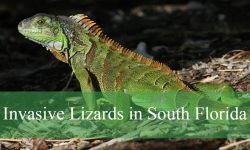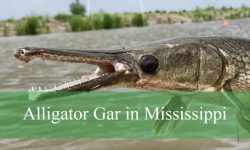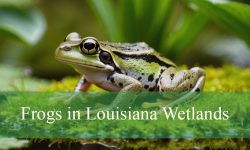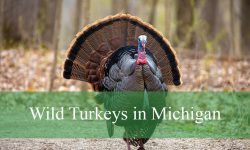Deep in the damp, shadowy forests of Washington, something strange is stirring beneath the soil. Hikers and ecologists alike have begun to notice mysterious worms—large, writhing invaders that churn through the forest floor at an alarming pace. These are not ordinary earthworms. In fact, they are non-native species that could change the ecosystem of the Pacific Northwest in ways few people expected.
From giant Asian jumping worms that thrash violently when disturbed to slick invasive species that devour leaf litter faster than native decomposers can replenish it, these worms are reshaping the very foundation of Washington’s forest ecology.
In this detailed guide, we’ll explore the mysterious worms appearing in Washington forests, their origins, behavior, and the ecological impact they’re having on local environments. What scientists are discovering is both fascinating—and deeply concerning.
The Worms Invading Washington
The Asian Jumping Worm (Amynthas spp.)
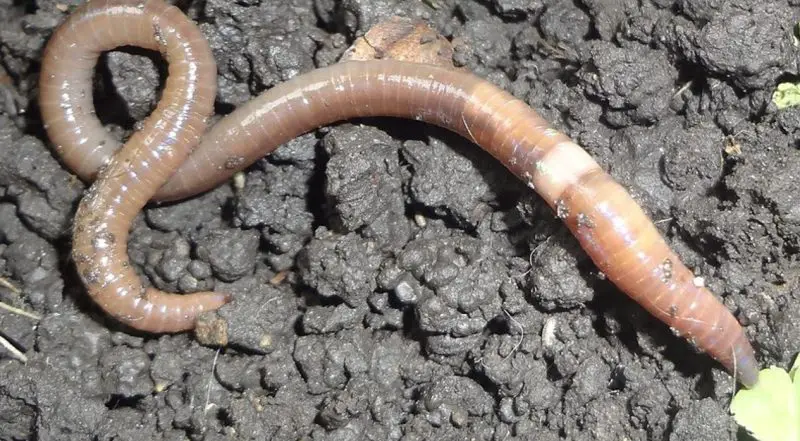
The most infamous of the new arrivals is the Asian jumping worm, a group of invasive species native to East Asia. Known scientifically as Amynthas agrestis, A. tokioensis, and Metaphire hilgendorfi, they have earned names like “snake worms,” “crazy worms,” and “Alabama jumpers” because of their energetic movements.
Unlike typical earthworms, these invaders thrash violently, even jumping several inches into the air when touched. Their movement helps them spread quickly and makes them difficult to collect or control.
The European Earthworms
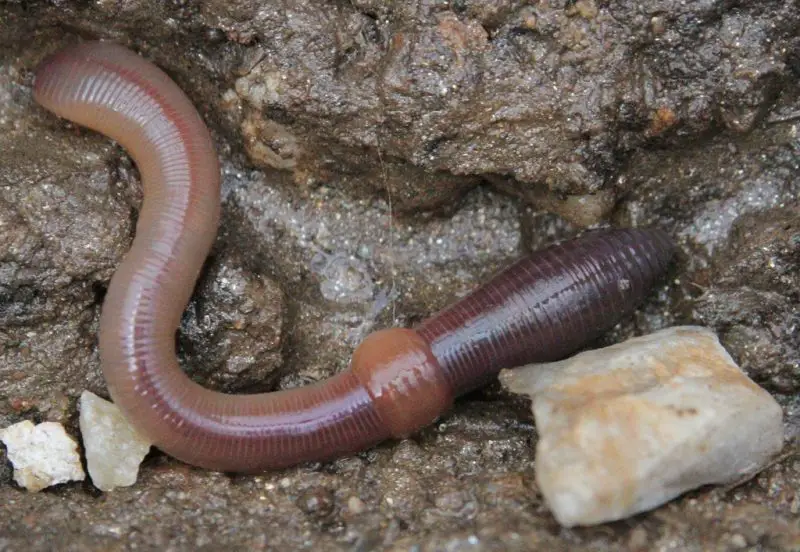
Surprisingly, even the common earthworms we associate with gardening are not native to the Pacific Northwest. European earthworms such as Lumbricus terrestris (nightcrawler) and Aporrectodea caliginosa were introduced centuries ago and have been gradually altering North American soils ever since.
While these European species are less aggressive than Asian jumping worms, they too have contributed to long-term soil changes in Washington’s forests.
How They Got Here
Global Trade and Gardening
Most invasive worms arrive through soil and plant imports, often undetected in potted plants, compost, or landscaping materials. Because their eggs are microscopic and resilient, they can survive long transport times without detection.
Bait and Compost Use
Another major introduction pathway is fishing bait and composting practices. Many anglers release unused worms into the environment, not realizing they may be non-native species. Gardeners using store-bought compost or mulch sometimes unknowingly introduce invasive worms to forest edges.
Climate Compatibility
Washington’s mild, moist climate is ideal for these species. Once released, they find an abundance of organic matter and few natural predators—conditions that allow them to multiply explosively.
What Makes These Worms So “Mysterious”
Unnatural Behavior
Asian jumping worms don’t behave like typical earthworms. Instead of gliding slowly through the soil, they move with sudden, snake-like motions. Their bodies feel rough and dry, unlike the smooth, moist texture of native worms.
When disturbed, they split apart or shed their tails as a defense mechanism—an eerie trait that makes identification both fascinating and unsettling.
Different Diet and Impact
These worms consume leaf litter and organic material at a much faster rate than native worms. Within months, they can strip the forest floor of the rich organic “duff” layer that protects seedlings, fungi, and insects.
What’s left behind is a grainy, coffee-ground-like soil—poor in nutrients and incapable of supporting forest regeneration.
Rapid Reproduction
Asian jumping worms reproduce without mating, using parthenogenesis. A single individual can lay up to 60 cocoons per season, each capable of producing several worms. Their eggs overwinter easily, surviving cold temperatures that would kill adults.
This means even if adults die in winter, the population quickly rebounds in spring.
The Ecological Consequences
Destruction of Forest Soil
Washington’s forests depend on a thick layer of leaf litter to maintain moisture, provide nutrients, and support fungi and microorganisms. Jumping worms devour this layer, leaving bare, eroded soil vulnerable to drought and flooding.
Once they invade, the topsoil becomes compacted, disrupting water absorption and root growth. This shift weakens forest trees and understory plants.
Threat to Native Plants and Fungi
Without leaf litter, native seedlings struggle to germinate. Key forest plants like ferns, trilliums, and maples can vanish from invaded areas.
Additionally, the worms destroy the mycorrhizal fungi that help trees absorb nutrients, destabilizing entire forest systems.
Loss of Habitat for Wildlife
Ground-dwelling animals such as beetles, salamanders, and birds rely on the forest floor for food and shelter. As worms deplete this habitat, biodiversity declines dramatically.
The cascading effects can impact everything from insect populations to birds that depend on those insects for food.
Identifying the Invaders
Visual Characteristics
Asian jumping worms can be identified by a few distinctive traits:
- Color: Gray to brown, shiny, and dry-looking.
- Size: 3 to 7 inches long.
- Clitellum (band around body): Smooth, milky-white, and wraps entirely around the body, unlike native worms whose clitellum is raised and pinkish.
- Movement: Fast, wriggling, and capable of jumping several inches when disturbed.
Signs in the Soil
Infested areas show:
- A thin layer of coffee-ground-like soil texture.
- Reduced leaf litter or bare ground under trees.
- Decline of small plants or moss patches.
The Science Behind the Invasion
A Silent Revolution Underground
Soil scientists in Washington are now studying how quickly jumping worms are spreading through King, Thurston, Snohomish, and Whatcom counties. Some report that a single introduction can lead to entire acres infested within three years.
The worms alter soil chemistry by reducing organic carbon and nitrogen levels, fundamentally changing the structure and fertility of forest ecosystems.
A Threat to Reforestation
These invaders also hinder reforestation efforts. When conservationists plant saplings in degraded soil, survival rates plummet. The worms effectively remove the layer of nutrients young trees rely on.
Possible Spread to Alpine Regions
Though cold winters once limited worm expansion, milder winters caused by climate change now allow them to survive farther north and higher in elevation. Forests that were once safe may no longer be immune.
Managing the Invasion
Prevention Over Eradication
Unfortunately, eradication is nearly impossible once these worms establish themselves. The best approach is prevention and containment.
Key Prevention Tips
- Don’t move soil or compost between locations.
- Avoid dumping garden waste or fishing bait in the wild.
- Buy mulch and compost locally, ensuring it’s heat-treated to kill eggs.
- Clean boots, gear, and tools when leaving infested areas.
- Educate others—awareness is the most powerful control method.
Reporting Sightings
The Washington State Department of Agriculture (WSDA) and Washington Invasive Species Council encourage citizens to report sightings through official websites or mobile apps. Photos and location data help track the spread.
Research and Biological Control
Researchers are exploring biological controls, such as fungal pathogens and nematodes that naturally target invasive worms. However, these solutions are still in early development, as scientists must ensure they don’t harm native species.
Myths and Misconceptions
Myth |
Truth |
|---|---|
All worms are good for soil. |
False. Some invasive worms destroy forest structure. |
Jumping worms only live in the South. |
False. They are now established in the Pacific Northwest. |
They bite or harm humans. |
False. They are harmless to people but devastating to ecosystems. |
Composting kills worm eggs. |
Only if compost is heated to 130°F or higher for several days. |
Freezing kills worm eggs. |
False. Eggs can survive harsh winters. |
Strange and Fascinating Facts About Washington’s Worms
- They can regenerate body parts if injured, though not as completely as some species.
- Their cocoons are nearly invisible, resembling small dirt pellets.
- They destroy fungal networks that trees depend on for nutrients.
- A single worm can start a colony through asexual reproduction.
- They’re spreading faster than scientists expected, moving 5–10 miles annually.
- Birds and deer avoid infested areas, possibly due to soil texture changes.
- Worm presence increases invasive plants, which thrive in disturbed soils.
- Their soil resembles coffee grounds, a telltale sign of infestation.
Human Reactions and Environmental Concerns
The Shock of Discovery
Gardeners and hikers are often startled by jumping worms’ frantic thrashing. Some describe them as behaving “like electric wires.” Videos of their movement have gone viral, drawing attention to the issue nationwide.
Ecologists’ Warnings
Scientists warn that ignoring the problem could alter Washington’s forests permanently. Once leaf litter disappears, it may take decades to recover—even if the worms vanish.
The Public’s Role
Homeowners and gardeners are now frontline defenders. By controlling compost use and reporting infestations, ordinary citizens can slow the worms’ spread across counties.
The Future of Washington’s Forests
A Changing Underground World
As these mysterious worms continue to expand, Washington’s forests face an uncertain future. Soil once rich and spongy may become thin and sterile, unable to sustain the biodiversity that defines the region’s ecosystems.
Hope in Research
Still, scientists remain optimistic. Through public education, research, and careful management, Washington can mitigate damage and protect its most vulnerable habitats.
What We Can Learn
These worms remind us that even the smallest creatures can have massive ecological impacts. Human activities—whether through global trade, gardening, or neglect—can unleash hidden forces that transform entire landscapes.
FAQs About Mysterious Worms in Washington Forests
What are the “jumping worms” everyone’s talking about?
They are invasive Asian species that move violently and destroy forest soil by over-consuming organic matter.
Are they dangerous to humans?
No. They don’t bite or transmit diseases, but they severely harm the environment.
How can I identify them?
Look for fast-moving, dry-skinned worms with a smooth white band around their body and coffee-like soil nearby.
What should I do if I find them?
Collect samples if possible and report them to the Washington Invasive Species Council.
Can they be stopped?
Total eradication is unlikely, but containment through prevention and awareness is possible.
Conclusion
The mysterious worms appearing in Washington forests are a chilling example of how small invaders can unleash large-scale ecological disruption. What began as unnoticed soil hitchhikers has become a silent underground invasion threatening the Pacific Northwest’s forests.
But there is hope. Awareness, research, and community action can slow their advance and protect the delicate balance that has sustained Washington’s forests for millennia.
Next time you walk through the mossy trails and hear the crunch of leaves beneath your feet, remember—just below the surface, an unseen drama unfolds. And the choices we make today will decide whether these mysterious worms remain an unstoppable force or a cautionary tale of human carelessness.


